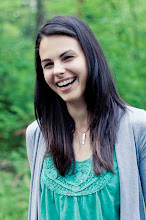 At the beginning of the unit, Kesler shared his knowledge about Water and one of his inquiries was about animals that live in rivers and oceans.
At the beginning of the unit, Kesler shared his knowledge about Water and one of his inquiries was about animals that live in rivers and oceans.
On our walk in the forest last week, we found some eggs in the water. After deeper research, we came to the conclusion that they might be frog, salamander or newt eggs. The children also saw a sign in the forest, informing us that Salmon live in the creek.
Kesler "Are there any salmon in the ocean?"
To answer Kesler's question, we learned more about salmon in the last few days and watched a video on "The life cycle of a Salmon".
The children's drawings show the life cycle of a salmon and its different stages.
Esme would like to know why Salmon turn pink when they swim back to the river and Kesler wonders why Salmon die after they lay their eggs.
Next week, we will focus on how people impact water sources and talk about taking responsibility towards this matter. We will discuss different ways of sharing our knowledge and raising awareness in the community about the importance of keeping the water free of litter.






